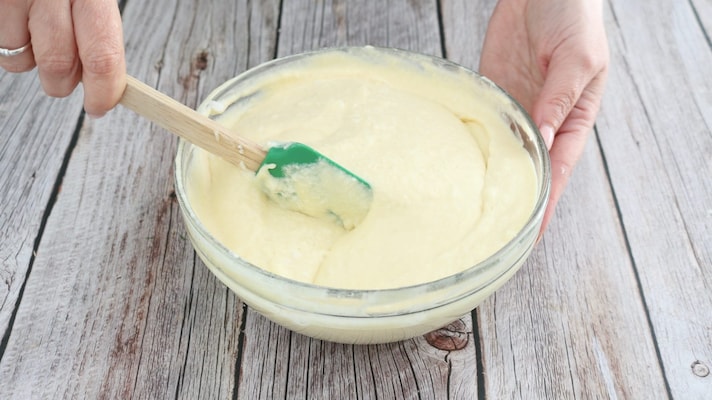
What’s breakfast without a stack of fluffy pancakes dripping with butter and maple syrup? Pair them with a bowl of fresh berries, and you’ve got a meal that’ll keep you going straight through to lunch.
But here’s the truth: pancakes aren’t always as easy as they look. Maybe yours turn out rubbery, flat, or burnt around the edges. Don’t worry—you’re not alone! Chances are, you’re making a few simple mistakes that are easy to fix.
Let’s break down the most common pancake errors (and how to avoid them) so you can master perfect golden stacks every time.
1. Overmixing The Butter

When it comes to pancake batter, less is more. Stirring too much develops gluten in the flour, which makes pancakes tough and chewy instead of soft and fluffy.
The fix: Whisk your dry ingredients together first. In a separate bowl, combine the wet ingredients. Pour the wet into the dry and stir just until combined. A few lumps are totally fine—don’t let them trick you into mixing more.
2. Cooking at The Wrong Heat

Temperature control is everything. Too hot and the outside burns while the inside stays raw. Too low and your pancakes turn pale and limp without those crispy edges.
The fix: Medium heat (or 350–375°F on an electric griddle) is the sweet spot. Test your pan by sprinkling a few drops of water on it—if they sizzle and dance, it’s ready.
3. Using The Wrong Pan

Not all pans are created equal. Thin pans heat unevenly and leave you with burnt spots.
The fix: Use an electric griddle, a heavy cast-iron skillet, or a non-stick pan with a wide, flat surface. These distribute heat evenly and give you the best results.
4. Crowding the Pan

It’s tempting to cook as many pancakes as possible at once, but that makes flipping harder and messier. Plus, overcrowding prevents even cooking.
The fix: Give each pancake at least one inch of space. Cook in batches if needed—it’s worth it.
5. Flipping Too Early (Or Too Late)

One of the most common mistakes: flipping pancakes before they’re ready. This leaves you with raw centers and messy edges.
The fix: Wait until you see bubbles forming on the surface and the edges start to look set. That’s your signal to flip. Only flip once—over-flipping knocks the air out of your pancakes.
6. Skipping the Resting Time

Many people rush straight from mixing to cooking, but resting the batter is a game-changer. It allows the flour to hydrate fully and the gluten to relax, resulting in lighter, fluffier pancakes.
The fix: Let your batter rest for at least 5–10 minutes before cooking.
7. Not Preheating the Pan Properly

Starting with a cold pan means uneven cooking and no crispy edges.
The fix: Always preheat your pan or griddle before adding batter. A good test: flick a drop of water onto the surface—if it sizzles immediately, you’re good to go.
8. Forgetting About Salt and Sugar

Salt enhances flavor, while sugar helps with caramelization for those golden-brown edges. Skipping either leaves your pancakes bland.
The fix: Add a pinch of salt and a little sugar to your dry mix for a balanced flavor and perfect browning.
9. Using the Wrong Fat

Butter tastes amazing, but it burns too quickly at high heat.
The fix: Cook your pancakes in oil with a higher smoke point, like canola, vegetable oil, or even coconut oil. Save butter for topping your finished stack.
10. Skipping the Buttermilk

Buttermilk isn’t just an old-fashioned ingredient—it’s the secret to tender, flavorful pancakes. Its acidity reacts with baking soda, creating a fluffy rise and a delicious tang.
The fix: Use buttermilk whenever a recipe calls for it. No buttermilk on hand? Make a quick substitute: add 1 tablespoon of lemon juice or vinegar to 1 cup of milk, let it sit for 5 minutes, and use it as a replacement.
;Resize,width=767;)
